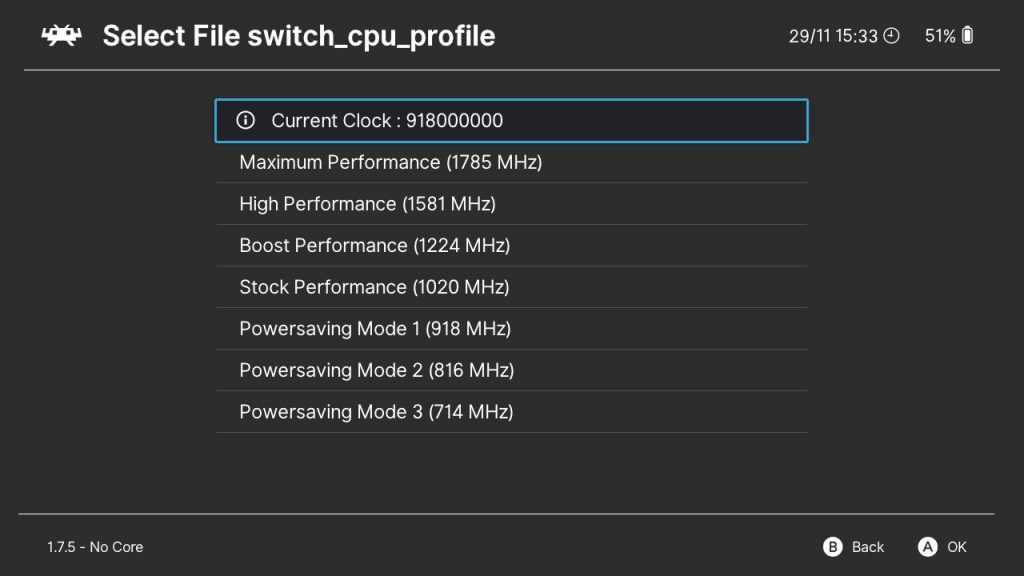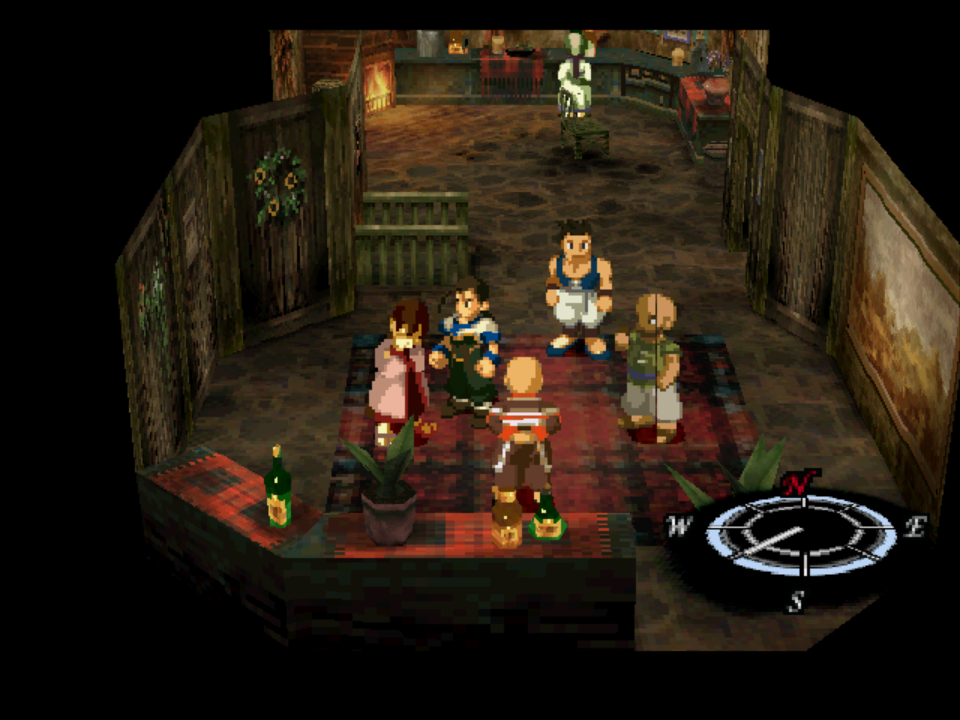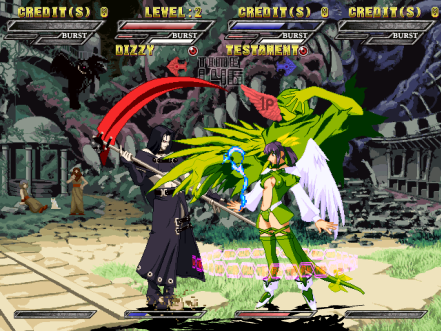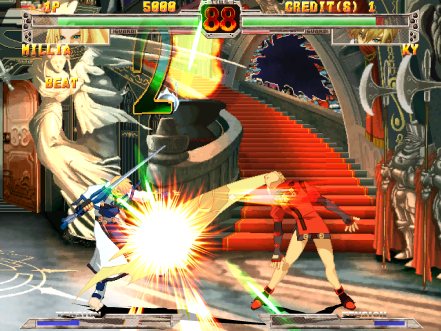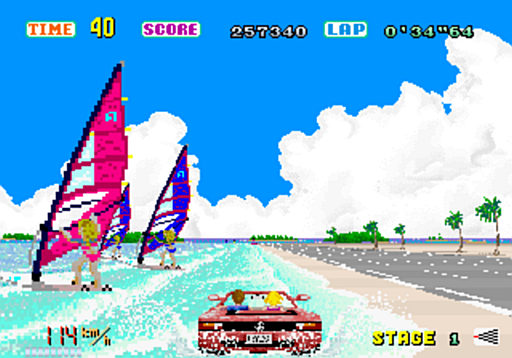Libretro has teamed up with ModMyClassic (formerly Hakchi Resources) to provide Libretro with their own official “Classic” platform offering for the classic consoles such as the NES Classic, SNES Classic, C64 Mini and the PlayStation Classic.
This now means you can download both stable and nightly builds of RetroArch and majority of the cores directly from official sources which are built and optimized specifically for the classic consoles.
We (Team Classic+) on behalf of ModMyClassic have been liaising with the Libretro developers on multiple cores to resolve numerous performance issues, bugs, crashes, and have gone through each core one by one to ensure that you receive the most compatible and best performing experience on your classic consoles.
As of writing this article there are currently 83 cores available for download in varying formats. (Raw .so, Compressed .so, zipped .so, hmod and compressed hmod) There will be more added to this list in the coming weeks and the inclusion of a “Classic” platform of RetroArch built specifically for the NESC and SNESC (based of HR’s RetroArch “Neo” build)
We are still working on this official “Classic” offering however you can find the WIP nightly builds here: https://buildbot.libretro.com/nightly/classics/
This means that ModMyClassic (formerly Hakchi Resources) will no longer be providing “3rd party builds” of RetroArch or its cores. It will only provide the builds directly from Libretro sources to ensure that any improvements made between developers ends up benefiting everyone in one single collection.
We also added a simple to use “Classic” platform to all of the core makefiles which we will expand on with future classic consoles. You can compile them for your own needs if needed. We added ARMv7 Cortex A7 (Hard Point with Neon) builds so you can also compile these for your own needs, or to use as a template for any other ARM based device. If you have a different architecture ARM device you should be able to easily adjust the classic platforms slightly to suit your needs. We will be providing a detailed compilation guide for the classics and other ARM devices in the libretro documentation in due course.
Notable Mentions (What’s new for current “Classic” users)
Apart from every single core on the list having been optimized, vetted, and tested to ensure they run at peak performance and stability, there have been a number of notable changes and improvements to some of the cores and their “Classic” versions. (Please note that some cores will run badly on the limited hardware. No amount of build optimization will fix this!)
- New cores – EasyRPG is now available, SimCoupe core has been revived and added into the available cores and a few other variation cores have also been added such as VICE 128. (Commodore 128)
- Fixed and optimized N64 cores (Mupen64Plus and Parallel) – The ancient builds of mupen and glupen have been moonlighted and classic specific build optimizations and fixes have been made for the N64 cores which allow for more compatible and higher FPS playback on some titles.
- Mame2003plus speed issues fixed and improved – Thanks to the work from markwkidd, grant2258 and members of team classic+, we managed to resolve some speed issues with the core and the classic including some fixes to the audio and compatibility fixes. This is now very much the go to MAME core for the classics.
- DOSBOX core improved – Thanks to radius we have fixed up the classic offering of DOSBOX so the core now runs much better than it originally did. 286 and 386 based games should run without issue on the classics now with 486 running ok depending on the game.
- Nightly builds directly from libretro sources (Never be out of date!) – This means you can download the latest build of every core available for the “Classics” built directly from Libretro sources. You can download the latest version of any core if you so wish as they are built every 24 hours, 365 days of the year. We will still offer “Stable” releases which will likely tie in with releases of RetroArch.
RetroArch now ported and running on the PlayStation Classic
Thanks to the efforts of Team Classic+ (Especially CompCom) we have now ported RetroArch and all of the current 86 classic cores to the playstation classic. Here is a small video showcasing the functionality:
We will be adding the Playstation specific build platform to the RetroArch build and the cores very soon to tie in with the official “classic” platform release
Final Thoughts
We at ModMyClassic are extremely happy and enthusiastic to be working alongside Libretro and by forming this partnership we hope to better the “Classic” offering and provide the best end user experience possible. Whilst this is announcement is a WIP post, we aim to have the official Lbretro “Classic” platform of RetroArch and Cores polished and fully released in the upcoming month.
Please note that ModMyClassic is still in the process of a rebrand from Hakchi Resources and we are currently working at full load to try and get this finished as well as the “Classic” builds. Please excuse us if you check our website if it’s out of date as we are currently redoing everything from scratch which includes all of our APIs, build servers and deployment servers.
If you have any specific qustions regarding RetroArch on the classics or classics in general, please feel free to ask us directly in the ModMyClassic Discord and we will try and answer your questions/resolve your issues.
Big thanks to Autechre for helping make this partnership a reality and facilitating the project. Lastly, many thanks to all the members of TeamClassic+, m4xw, markwkidd, grant2258, gharby, robloach, flyinghead, radius and anyone else who helped to resolve issues and worked on the project.


